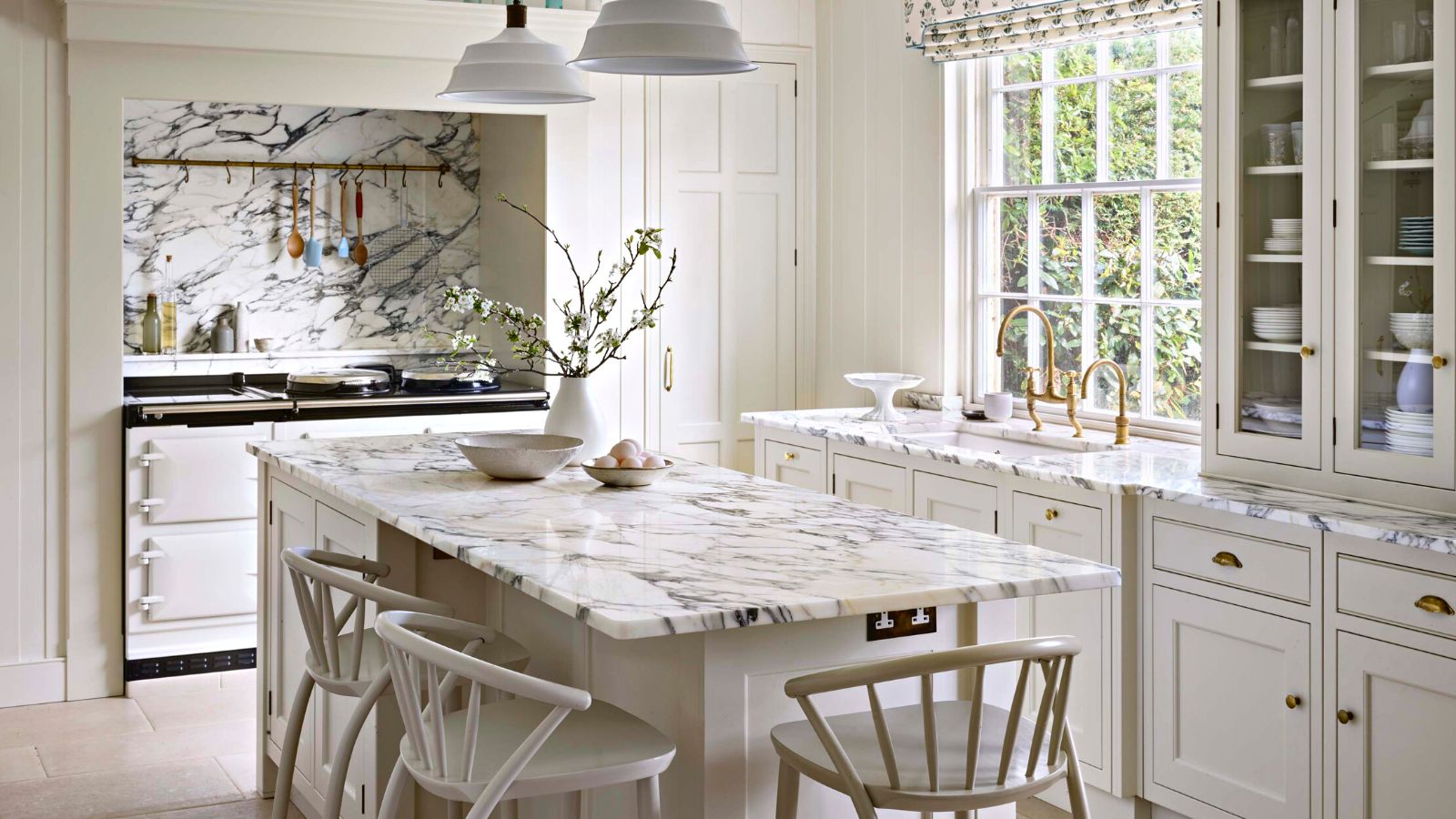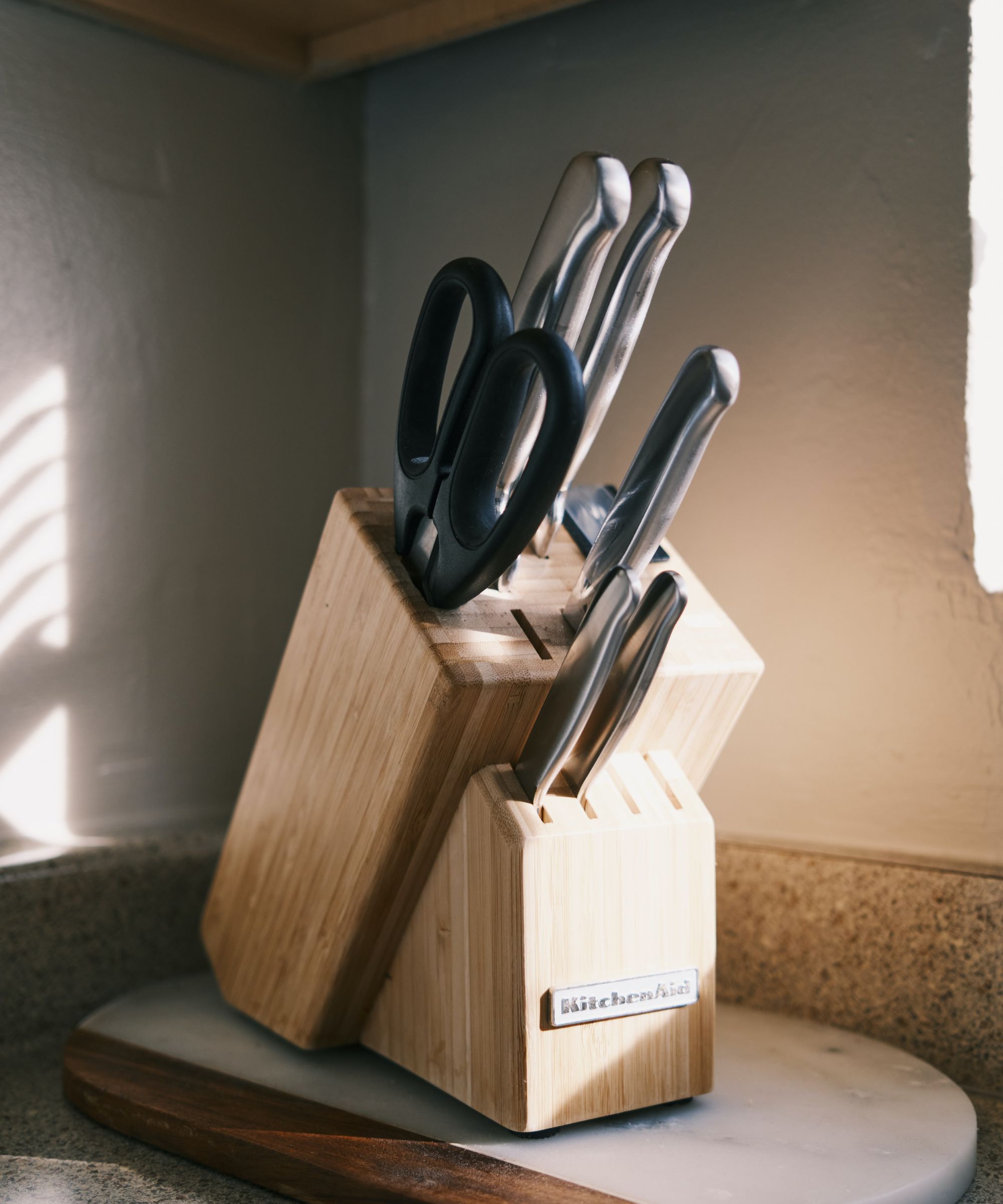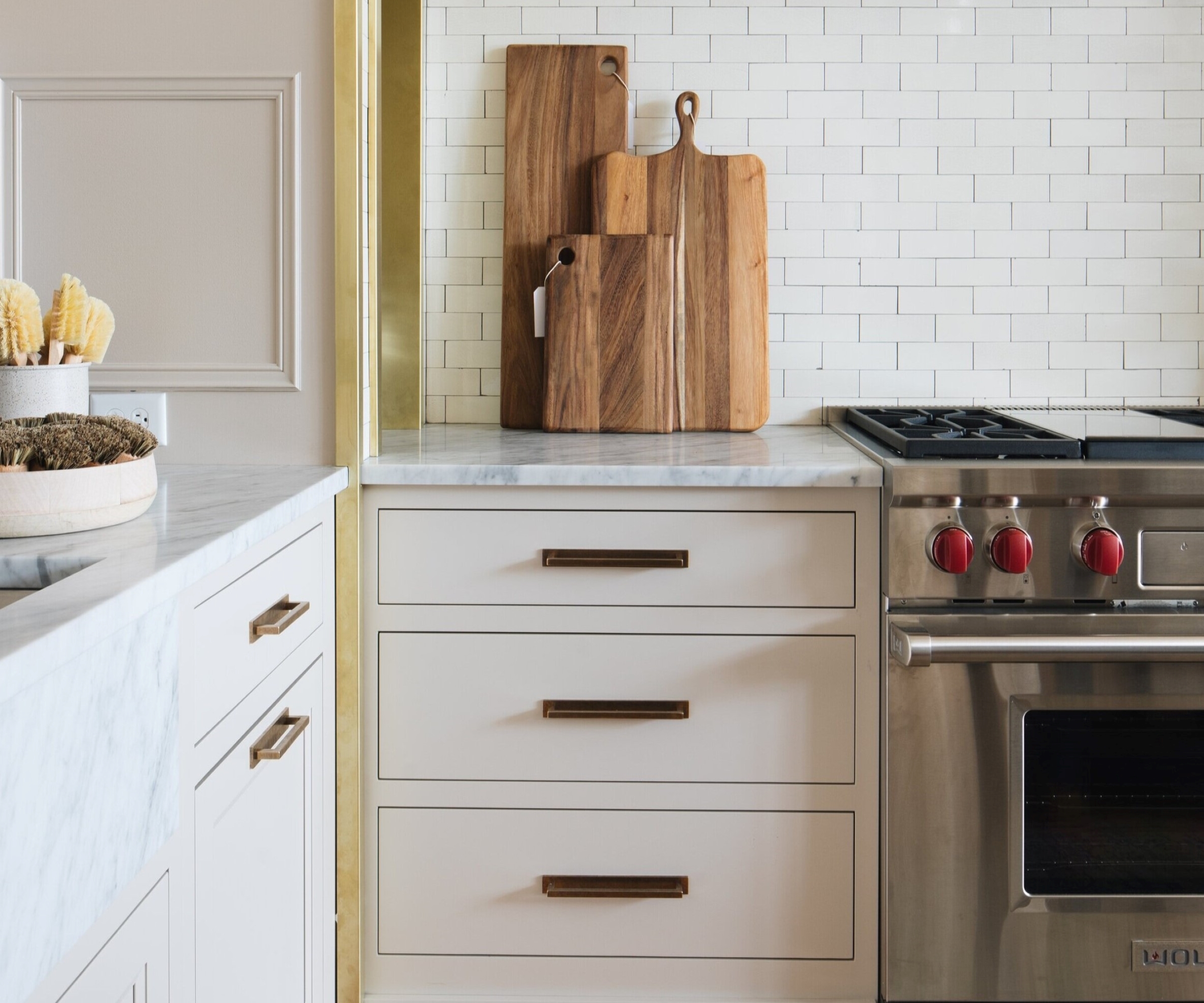The 5 bad kitchen habits I finally fixed – and you should too
For someone who loves to cook, these bad kitchen habits were seriously damaging my kitchen. Here is what I did to fix them


I love to cook (cleaning up, not so much), meaning I am almost always in my kitchen after work. Whether I am cooking or baking there is usually something good to eat that night. When I started cooking with my partner, however, I realized just how many bad kitchen habits I had picked up over the years!
I had spent so long putting my kitchen ideas into action that I didn’t really think about the fact my bad habits could be ruining them and my utensils. It turns out that cutting corners is a no-no all the way through from designing a kitchen to using it!
Here, I reluctantly admit to some of my bad kitchen habits and explain how I fixed them so that you can learn from my mistakes.
1. Going too long without decluttering my kitchen

If you have read anything from me recently, you will know I have been going big on decluttering tips. It is possibly ironic, then, that I had left my kitchen cabinets to build up clutter.
While I had definitely started organizing a kitchen to some extent (basically the bits I could regularly see), the backs of my cabinets and the highest shelves had fallen victim to laziness. I was a little disgusted when I pulled a packet of cookies from the back of the top shelf that had gone past their used-by date by two years – yuck! Why did I even bring this from the old house? Even worse was my ‘junk drawer’ which had accumulated many take-out menus that I had for some reason brought with us from our old flat, and things like screwdrivers, and measuring tapes from when I was first putting the new house together.
I started decluttering my kitchen like I would any other room, by asking myself if I really used the tool or appliance regularly, if so it stayed, if not it was removed from the kitchen to storage or was donated. I also took the time to assess if it was time for my utensils to be replaced – for a lot of them, it was.
2. Letting knives go dull

Sharpening my knives was not something I really thought about until my partner pointed out that it took all the effort we had just to cut through an onion. After all, I don’t work in a professional kitchen, what was the point in having a fancy chef's knife? As it turns out, this was probably my biggest misconception.
Design expertise in your inbox – from inspiring decorating ideas and beautiful celebrity homes to practical gardening advice and shopping round-ups.
I thought sharpening a knife sounded way too difficult to get right, chefs on TV do it so quickly and flawlessly that I never thought I would be able to do it properly at home. That was until I found this small countertop knife sharpener on Amazon that I know leave on my counter beside my knife block. While I would probably not use it on very expensive knives, it works wonders for my cheaper set – and it doesn't take ages to cut through a carrot anymore.
3. Using metal utensils on non-stick pans

After spending a lot of money on some of the best non-stick frying pans and saucepans I neglected to read that using metal utensils on them would damage the non-stick coating and ruin my pans! Now, this is probably my most expensive bad kitchen habit that I am thankful I have broken.
When getting rid of my old utensils I also made a point of repurchasing wooden or silicone utensils that would no longer scrape along the bottom of my pans. What's more, they look far better in utensil holders on my kitchen counters.
Oh, I have also changed how I organize pots and pans too so that the metal bottoms are not stacked on top of the non-stick surfaces in my cabinets.
4. Using the counter as a chopping block

Now I do own cutting boards, but they are mainly decorative and not very practical. They are cheaper wood that looks wonderful stacked against my backsplash for aesthetic purposes but not so much when you take a knife to them.
This is why I occasionally just end up using my counter, or even the plate I am about to eat from, as a chopping block instead. I know that this is lazy of me (although it does save on washing up) but buying a new, solid wood cutting board like this one on Amazon was one of the best additions to my kitchen.
It is nice to cut on a chopping board that has a lot of space and doesn't slip around. It feels luxurious to cut on and prepare my food each night. When I use something as often as a chopping board, it is nice to spend that little bit more money for a more luxurious experience. Now I just have to learn how to care for a wooden cutting board properly…
5. Using the same sponge for every clean up

My most embarrassing bad kitchen habit was the fact that I would grab my washing-up sponge to also wipe down spills on the side, whether this was flour or sauce. My logic was that the sponge would be touching those things anyway when washing up plates and bowls but what I didn't think about was how I was spreading bacteria from my counters to my washing up.
Now, I have invested in two different products when cleaning a kitchen and washing up while also staying sustainable at home. After hearing so many positive things about Swedish Dishcloths online I finally bought some from Amazon to clean down my kitchen work surfaces, while I now use rougher reusable dish towels like these Amazon ones to clean my dishes and scrub away baked-on or dried food.
What is the number one rule in any kitchen?
The number one rule for any kitchen is to wash hands well and often to ensure food safety and prevent cross-contamination – even when cooking for yourself, especially with meat, eggs, or flour.

Chiana has been at Homes & Gardens for two years and is our resident 'queen' of non-toxic living. She spends most of her time producing content for the Solved section of the website, helping readers get the most out of their homes through clever decluttering, cleaning, and tidying tips. She was named one of Fixr's top home improvement journalists in 2024.